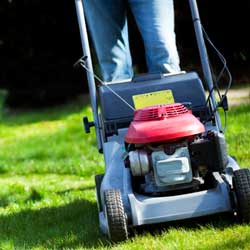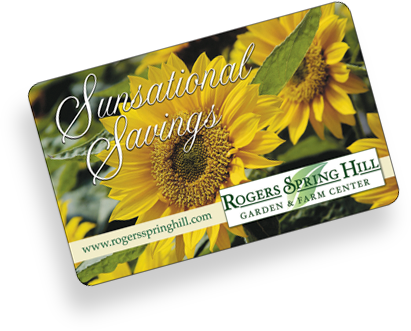1269 Boston Road Ward Hill, Haverhill MA 01835
| 978.372.4780
| Fax 978.521.9229
| Email us at Info@rogersspringhill.com Hours
Monday-Saturday: 8am-5pm
Sunday: 9am-5pm
Loam, Compost & Mulch
We have all the varieties of bark mulch, available by the yard. And our loam and compost bring out the best in plantings and lawn. We make our own compost at Rogers Spring Hill Farm!
Mulch / Loam / Stone Calculator
Seasonal Events
Rogers Spring Hill has fun events throughout the season, including our annual Spring Fling Open House, Family Fall Festival, and Holiday Open House. Plus our Spring Hill Sprouts events include games, activities and story-reading for young gardeners. Click here to see our schedule, and save the dates!
1269 Boston Road Ward Hill, Haverhill MA 01835Click here to see a larger map & get directions to our location
Map data © 2024 Google
Early Spring Gardener’s Calendar
* Plan your summer vegetable and herb garden. We offer a wide selection of seeds that include all of your favorite annuals, perennials, vegetables and other novelties as well as many hard-to-find selections. Inventory your pots and flats and discard unusable ones. Make a list of the supplies you will need. Have your garden soil […]










